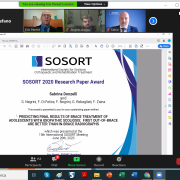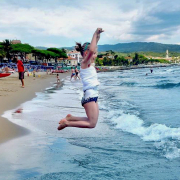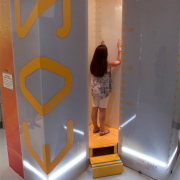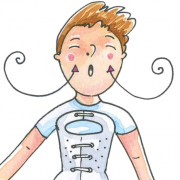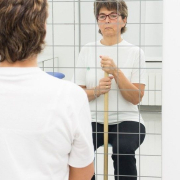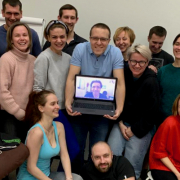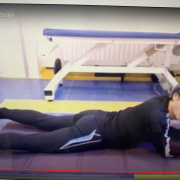And the Sosort Award winner is… Isico!
At the International Sosort Meeting in June, this year held for the first time ever entirely online, Isico recorded another great success.
Dr Sabrina Donzelli, Isico physiatrist, won the Sosort Award, the event’s top prize, for her research entitled: “Predicting final results of Brace Treatment of Adolescents with Idiopathic Scoliosis: First Out-of-Brace are Better than In-Brace-radiographs”. Her study was chosen over the work of 7 other researchers in the running for the award.
Among eight studies selected as oral presentations, the Scientific Committee picked out, as the two finalists, Dr Donzelli’s research study and a study on the genetics of scoliosis by the Montreal-based research group led by Prof A Moreau. “After the initial selection we were asked to submit a complete article to be entered for the Sosort Award” explains Dr Donzelli. “The prize, for the winning study, is a sum of money allowing it to be published in any magazine, as an open-access article, in other words in a format accessible, free of charge, to anyone who might be interested in reading it”.
The other studies running for the award included a long-term follow up of patients with scoliosis, presented by Dr AG Aulisa, a cost analysis of conservative versus surgical treatment, and two studies on Scolioscan©, the ultrasound equipment present as well at Isico’s Milan clinic.
“Our winning research underlines how important patients’ first out-of-brace radiographs are for predicting the results at the end of their course of treatment,” Dr Donzelli goes on. “The accuracy of the model we developed and tested, is the key factor that won us this prestigious award, which will allow us to publish our work in the coming months.”
In the course of the online meeting, several of our specialists gave presentations: Alessandra Negrini, Isico physiotherapist, asked “Is swimming helpful or harmful in adolescents with idiopathic scoliosis?”, Dr Fabio Zaina, Isico physiatrist, gave a presentation entitled “ISYQOL, a Rasch consistent tool for quality of life evaluation in scoliosis patients during adulthood: comparison with the gold standard”, while our director of physiotherapy, Michele Romano, spoke about “The effect of dance performance on idiopathic scoliosis progression in adolescents”.
This is the second year running that Isico has not only been among the finalists but also gone on to win the award.
In 2019, Isico also won an award with a study concerning scoliosis and sport. “The quality of our research has increased not only as a result of our acquisition of increasingly high-level methodological skills, but also thanks to the growing availability of systematically collected data,” explains Dr Donzelli. “In recent years, the data we routinely collect from patients visiting our facilities have allowed us to develop so-called predictive models. In other words, we consider the characteristics of large groups of patients to try and understand whether they allow us to predict their final results, or whether certain risk factors are more important to consider than others when deciding what type of therapy to prescribe. Our growing clinical and research expertise has led to international collaborations. Many others now look to us to provide expert support. We are also seeing an increase in our collaborations with international partners that want to analyse and compare their clinical and radiographic data with our database”.

